The DOE's proposed NIETC map went from this:
Although the DOE kept millions of landowners in suspense for months, the idea of building new transmission is what really took a beating during that time. Don't get me wrong, I'm thrilled these corridors have been scrapped, but it almost seemed like it was too easy, or predictable, sort of like the conclusion of a Hallmark Christmas movie. Why were those other 7 corridors even suggested in the first place? Was the DOE so captive to the submissions of greedy transmission developers that they just couldn't say no? Was it because DOE took it upon itself to tie designation of a NIETC to receiving government handouts in the form of loans and contracts, even though there was no statutory reason to do so? Has DOE changed its mind about NIETCs "unlocking" the vat of taxpayer money at DOE HQ?
Were they scrapped because DOE finally realized the truth of what I'd been telling them for the past several years at every comment opportunity? NIETCs and the other transmission facilitation tools are actually going to HARM transmission and draw greater opposition than the transmission project could ever draw on its own. What's worse than a greedy corporation taking your property by eminent domain? A greedy corporation being joined by the federal government while trying to take your land by eminent domain, that's what! Dang, DOE, it took you long enough to buy a clue!
So, what's the real story? Couple of things leaking out...
DOE was quoted saying that the NIETCs can "disrupt" transmission planning or on going development. Right... just like I've been telling you, DOE, NIETCs were like a magnet for more transmission opposition.
DOE also said there appeared to be little NIETCs could do to facilitate transmission in the near term. In other words, don't try to apply corridors to projects that are already underway. If you need to know why, see previous paragraph.
DOE turned out to be wrong about everything from the very beginning. In fact, the Infrastructure Investment and Jobs Act that revived the NIETCs to put them into practice was wrong, too. That's because it was concocted by "clean energy" proponents who don't have a clue in the world how landowners feel about eminent domain. Oh, sure, these same environmental and special interest groups showed up for all the rulemakings that came out of their bespoke legislation for the purpose of building more transmission (for wind and solar). And when they showed up in rulemakings they always pretended they were representing the interests of landowners and that they had experience working with landowners. Nothing could be further from the truth. It was all a giant lie. The real landowners have spoken. NIETCs were about as popular as catching herpes in the hot tub of a cheap motel.
Now that the majority of the NIETCs are off the table, we can take a moment to relish the victory. However, keep in mind that the NIETC process is a continual and revolving 3-year long process. Every three years, DOE must make another transmission study, accept new ideas for NIETCs, and then go through the designation process all over again. We could be right back here at the end of 2026 if Congress doesn't end NIETCs for good through amendment of Sec. 216 of the Energy Policy Act.
We'll be working towards that goal while we're all back to work opposing the particular transmission proposals in our own community. Landowner groups are coming together to fight transmission on a united front more than ever before.
Here in my neck of the woods, we'll be putting our effort into opposing two new transmission proposals from PJM Interconnection to build transmission extension cords from West Virginia's coal-fired power stations to new data centers in Loudoun County, Va. Virginia can't build any new power generation because it's too "dirty", but they also can't stop building new power load in the form of data centers. Data center taxes cover a large chunk of Loudoun County's budget. How do you think Loudoun got to be the wealthiest county in the nation? Through parasitic sucking of all the energy and wealth out of surrounding states.
There's still much work to do, but having a victory now and again is as invigorating as a polar plunge. Happy Holidays, everyone!
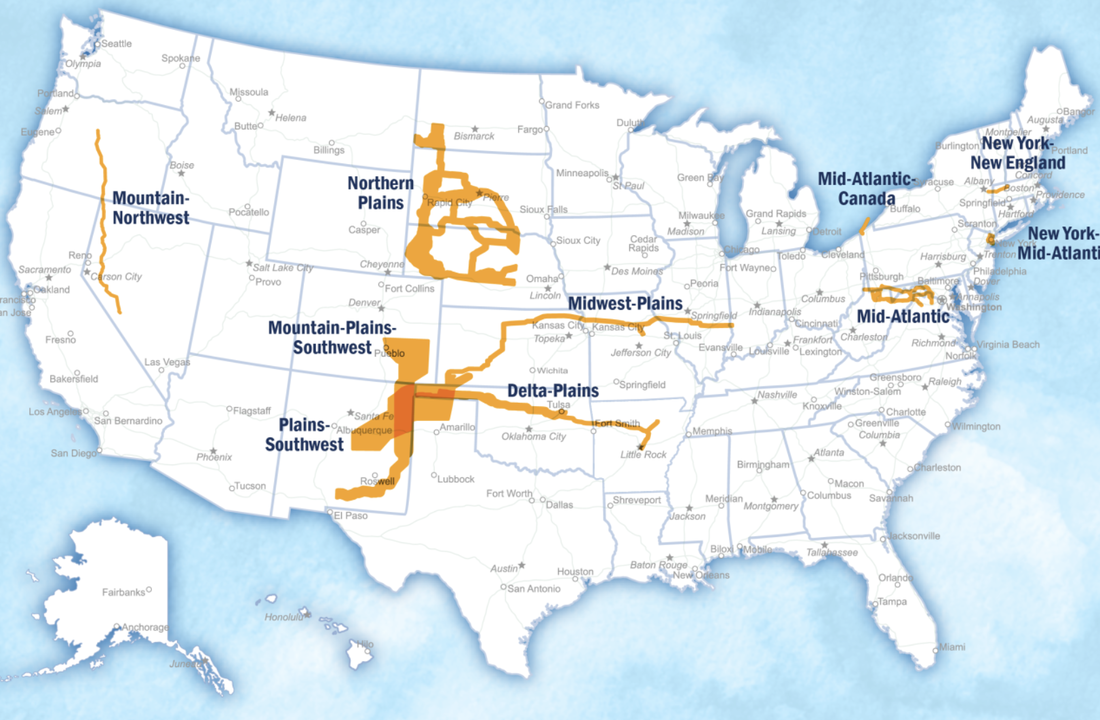
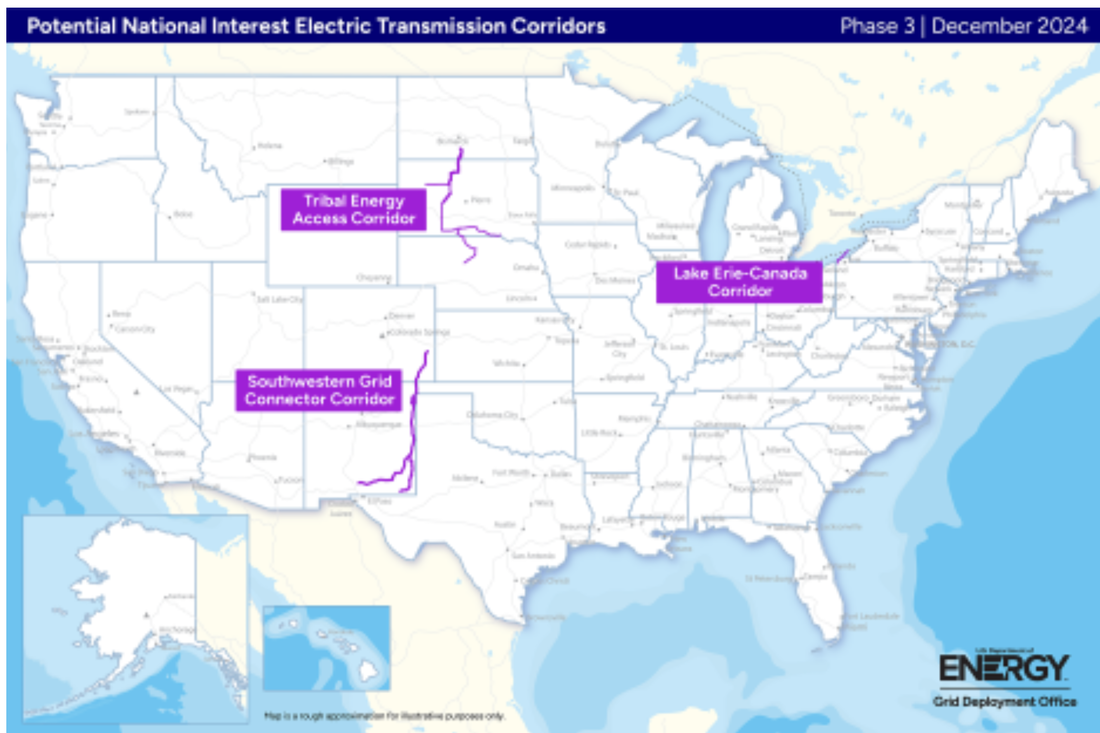









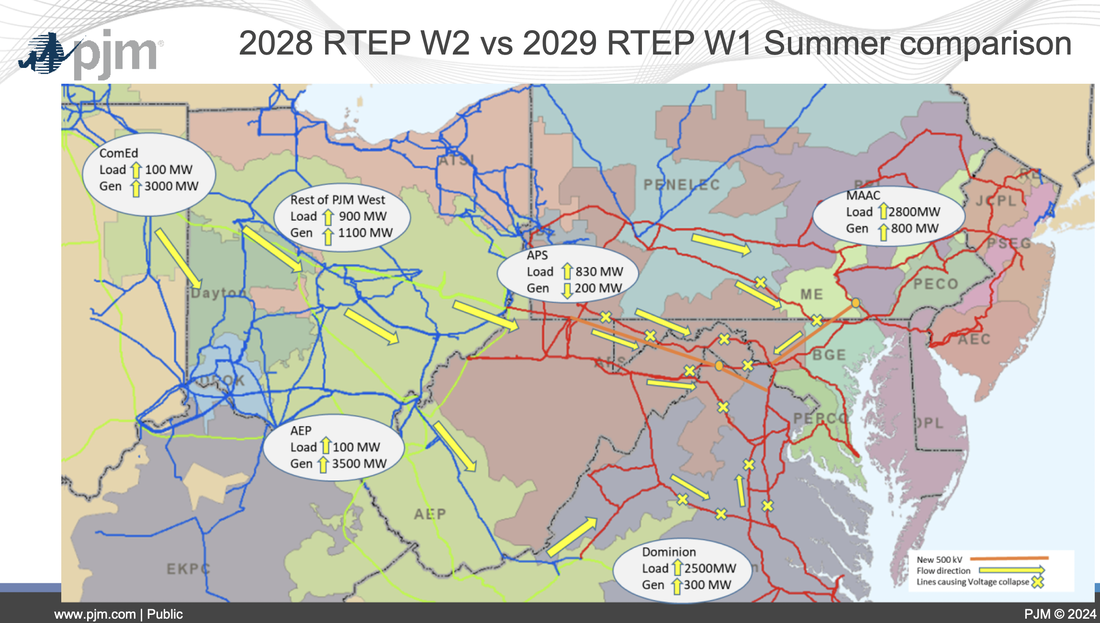



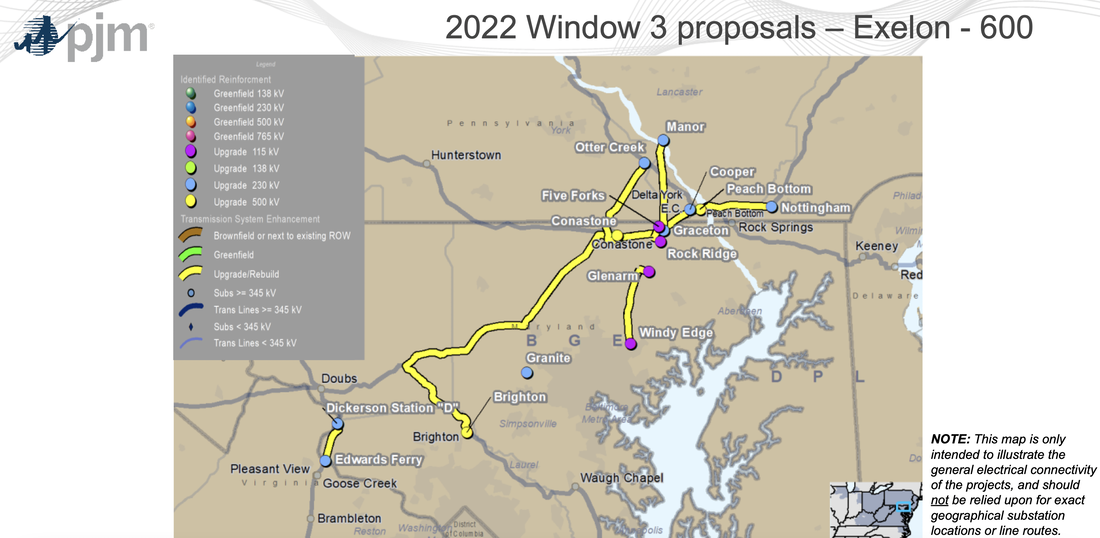
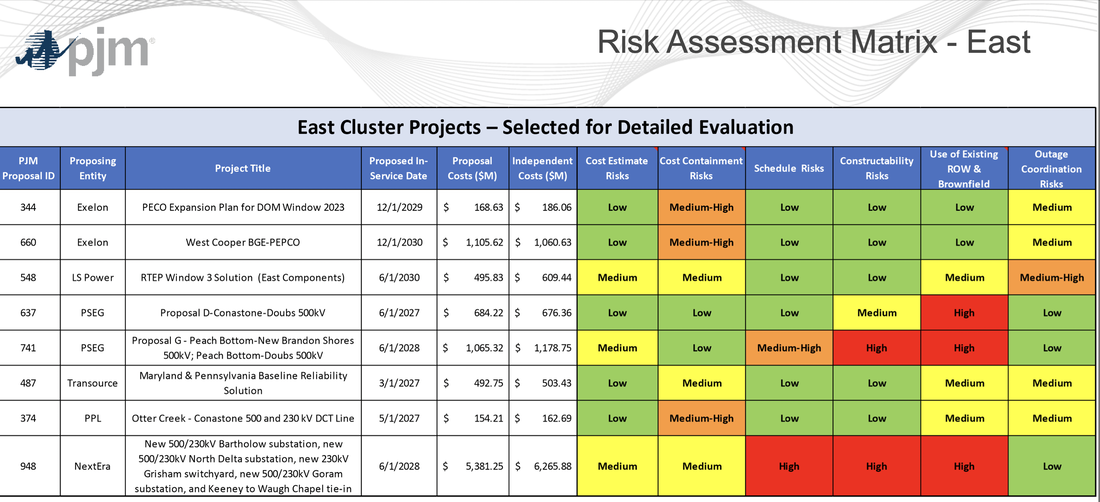
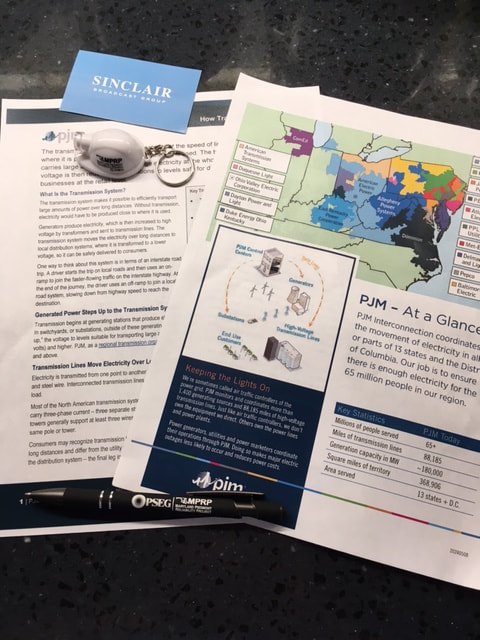

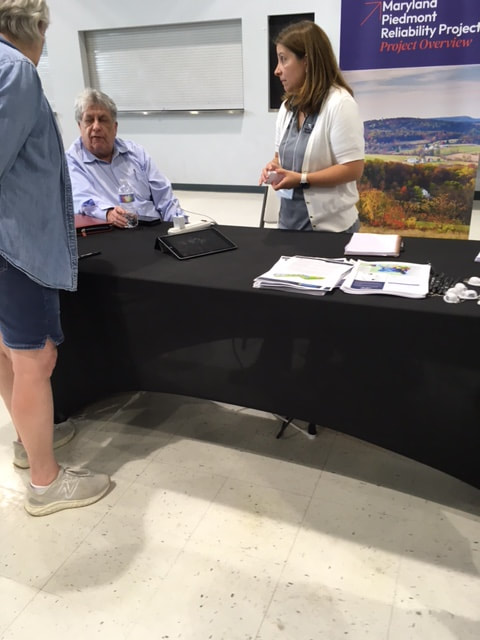
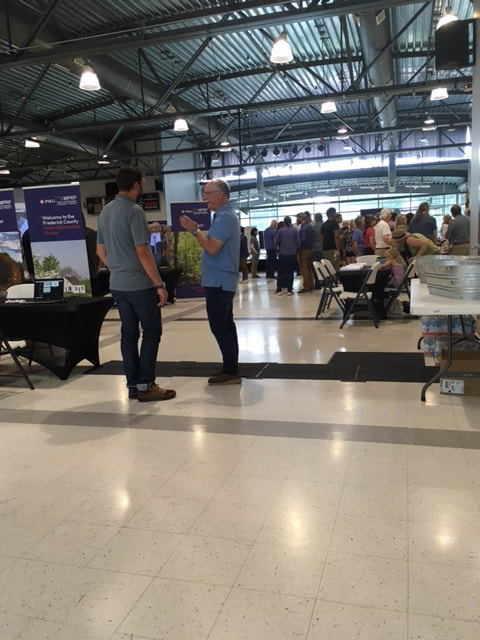
 RSS Feed
RSS Feed